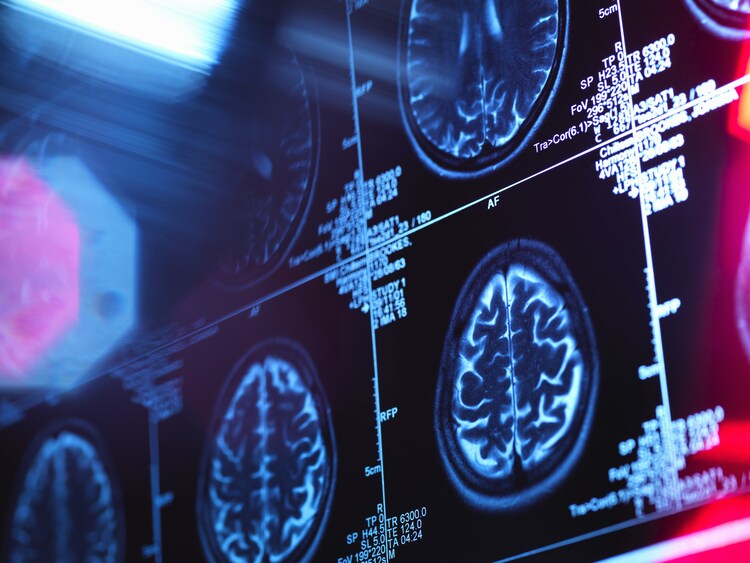Alzheimer’s disease damages brain in two distinct stages: Study
Alzheimer’s disease can progress in two distinct stages, with the early stage affecting specific brain cells before symptoms appear, and the later stage seeing rapid deterioration.

According to a study by the National Institutes of Health, the US medical research agency, Alzheimer’s disease can affect the brain in two different stages.
Using advanced brain mapping tools, scientists have identified an early stage that occurs slowly and quietly, affecting only certain types of brain cells, before any noticeable memory problems arise. .
In contrast, the later stage is more destructive, coinciding with the onset of symptoms and the rapid accumulation of plaques, tangles, and other markers of Alzheimer’s.
Dr. Richard J. “One of the challenges in diagnosing and treating Alzheimer’s is that much of the damage occurs before symptoms appear. Now, for the first time, we can see what’s happening in the early stages of the disease,” Hodes said. Director of the NIH National Institute on Aging.
This new understanding may help guide the development of more effective treatments.
The study, published in Nature Neuroscience, involved analysis of the brains of 84 people. This suggests that damage to a specific type of brain cell called inhibitory neurons during the early stages may cause disruption in the brain circuits that lead to Alzheimer’s.

The research confirmed previous findings about how the disease progresses, while also highlighting new changes that occur in the brain during disease development.
The researchers used state-of-the-art genetic analysis tools to study cells in the middle temporal gyrus of the brain, an area responsible for language, memory and vision.
This part of the brain is considered highly sensitive to Alzheimer’s. By comparing data from healthy individuals to those with Alzheimer’s, scientists were able to create a timeline of genetic and cellular changes throughout the course of the disease.
One of the most surprising findings was the damage to somatostatin (SST) inhibitory neurons during the early stage.

Until now, scientists believed that Alzheimer’s primarily targeted excitatory neurons, which activate other brain cells. Inhibitory neurons, which calm other brain cells, appear to be more affected initially. The loss of these neurons can disrupt brain circuits and contribute to the progression of Alzheimer’s.
A separate NIH-funded study at MIT found that certain genes, such as reelin, may make some neurons more susceptible to Alzheimer’s.
The study also showed that astrocytes, star-shaped brain cells, may help resist damage caused by the disease.
The research team, led by scientists at the Allen Institute in Seattle, studied more than 3.4 million brain cells obtained from donors at various stages of the disease.







